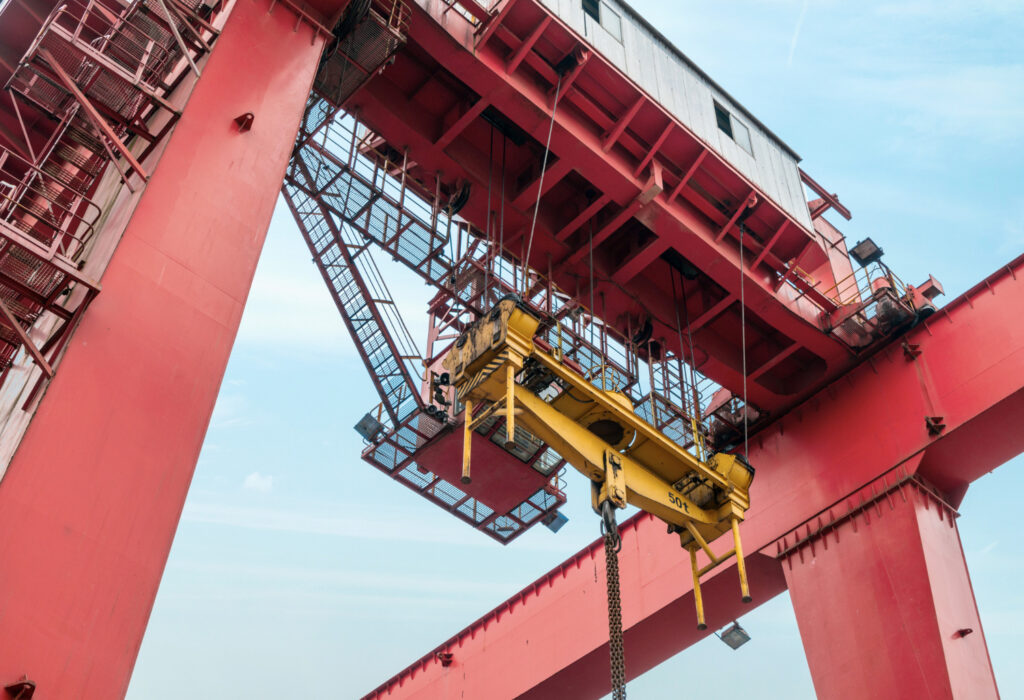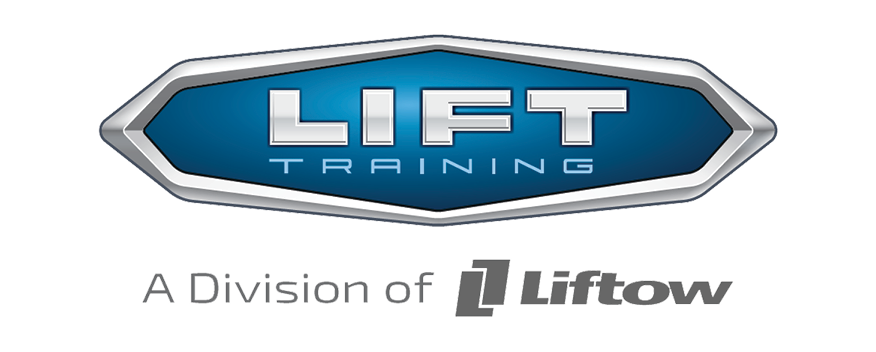
Overhead cranes play a vital role in many industrial settings, lifting and moving heavy loads with precision and efficiency. These mechanical giants are commonly found in manufacturing plants, warehouses, and construction sites. With their widespread use, there comes a pressing need to understand and address safety concerns. Many questions arise about the safe operation of these cranes, especially in regions like Ontario where they are frequently used. Ensuring safety not only protects workers but also enhances productivity and reliability on the job site.
When thinking about overhead crane safety, it’s natural to wonder about the best practices and common pitfalls. These cranes, while incredibly useful, can pose significant risks if not handled correctly. From understanding the basic functions of the crane to knowing the hazards that come with its operation, there are many layers to consider. Let’s explore what makes overhead cranes tick and how they can be used safely and effectively.
What is an Overhead Crane and Its Uses?
An overhead crane, often known as a bridge crane, is a type of machinery used to lift and move materials horizontally along a pair of parallel runways. It is supported by a traveling bridge that spans a gap, allowing movement across two dimensions. This makes it perfect for covering large open spaces such as those found in factories and warehouses.
Several types of overhead cranes exist, each designed for specific tasks and environments. Here are a few common types:
– Bridge Cranes: These cranes have a bridge supported by two or more runways. They are ideal for regular lifting tasks in large spaces.
– Gantry Cranes: Similar to bridge cranes but supported on legs that run on a track or solid footing, often used in outdoor settings for loading and unloading.
– Jib Cranes: Smaller and typically fixed to a wall or floor. They are used for lifting lighter loads in smaller areas.
Industries across the board utilize overhead cranes for various tasks. In automotive plants, they assemble and transport large engine parts. In steel mills, they lift and position heavy steel beams. And in shipping yards, they load containers onto ships. Their versatility makes them indispensable in environments where heavy lifting is a regular part of the job.
Common Safety Concerns with Overhead Cranes
Overhead cranes, while efficient, come with a set of safety concerns that need careful attention. Accidents can happen if cranes are improperly maintained or operated without the right training. Understanding these potential hazards is crucial for anyone working in settings where these cranes are present.
One major concern is mechanical failure due to wear and tear or lack of maintenance. Regular inspections and upkeep are required to ensure that cranes function properly. Here are some safety issues to watch out for:
– Overloading: Lifting more than the crane’s rated capacity can lead to structural stress or failure. Be sure to adhere to weight limits.
– Mechanical Failures: Components like ropes and booms can wear out, leading to potential accidents if not regularly checked.
– Poor Training: Operators must be well-trained to understand crane controls and safety protocols, reducing the risk of human error.
Operators need to be certified and well-versed in crane safety practices to minimize risks. Creating a culture of safety begins with awareness and proper education, ensuring everyone involved knows how to responsibly handle and work around these powerful machines.
Safety Best Practices for Overhead Crane Operation
To ensure safety when using overhead cranes, it’s important to follow key practices that protect both the equipment and the workers. Operators should always be aware of their surroundings and communicate clearly with their team. This helps everyone stay informed and reduces misunderstandings during crane operations. Before the crane begins any task, an inspection is vital to identify any potential problems that could lead to accidents.
Here’s a useful checklist for pre-operation inspections:
– Check all controls to ensure they function correctly.
– Inspect the hoist ropes for signs of damage.
– Verify the crane’s load limit and ensure it’s not exceeded.
– Confirm that all workers are wearing appropriate safety gear.
– Ensure that walkways are clear of obstacles.
Effective communication is another important part of safe crane operations. Establish signal protocols and make sure every team member understands them. Regularly drill the team to keep everyone sharp on their roles and responsibilities. This kind of preparation helps keep everyone safe and the operation smooth.
Frequently Asked Questions About Overhead Crane Safety
Many people have questions when it comes to operating overhead cranes safely. It makes sense, given the complexity and power of these machines. Understanding some common queries can provide clarity and peace of mind.
A frequent question regards the weight limits of the cranes. It’s crucial that cranes never exceed the specified load limits, as doing so can lead to equipment failure and accidents. Another common question is about emergency procedures. In the event of a malfunction, operators should know how to safely shut down the crane and communicate with their team to get everyone to safety. Certification requirements are also a significant area of interest. Only certified operators who have completed the necessary training should handle the controls of an overhead crane. This ensures they understand both the machinery and the associated risks.
Keeping Your Workplace Safe with Overhead Cranes
The key to maintaining a safe working environment with overhead cranes is sticking to safety protocols. Consistent adherence to these guidelines helps prevent accidents and ensures smooth operations. Regular training sessions can update workers on new safety protocols and refresh their knowledge of existing ones. This creates a proactive safety culture that benefits everyone involved.
A well-maintained crane is a safe crane. Routine inspections and timely maintenance keep the machinery in good working order, reducing potential hazards. When everyone understands their role in crane safety, the risks associated with these machines decrease significantly.
Understanding the best ways to handle and maintain overhead cranes not only keeps workers safe but also optimizes workflow and job satisfaction. As you continue to operate these powerful tools, remember that safety should always come first. This ensures that both employees and equipment stay in top condition, making every lift a step towards a more secure workplace.
To ensure your team is ready to handle overhead crane usage safely and efficiently, it’s important to keep everyone up to date with the latest safety standards and practices. At LIFT Training, we specialize in providing comprehensive health and safety training for corporate clients, tailored to fit your specific needs. Learn more about how we can support your organization’s commitment to safety today.
